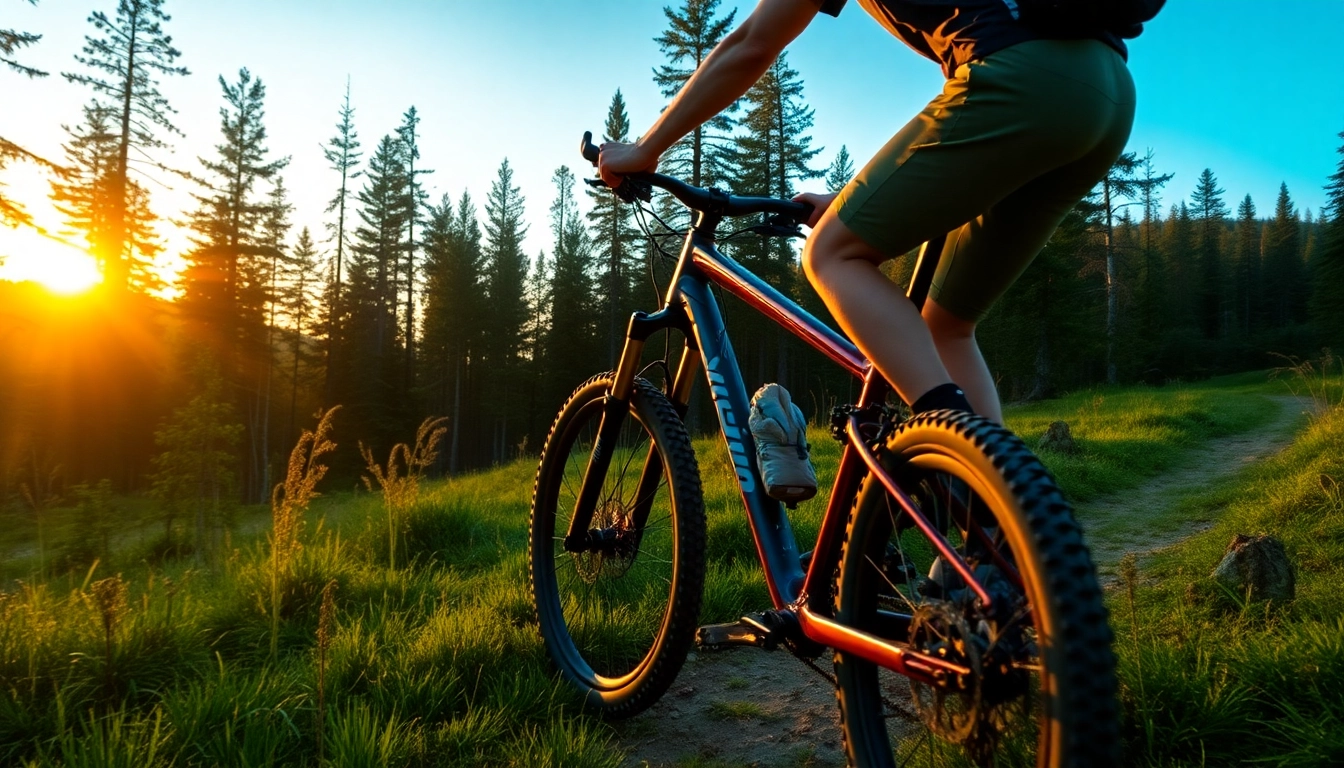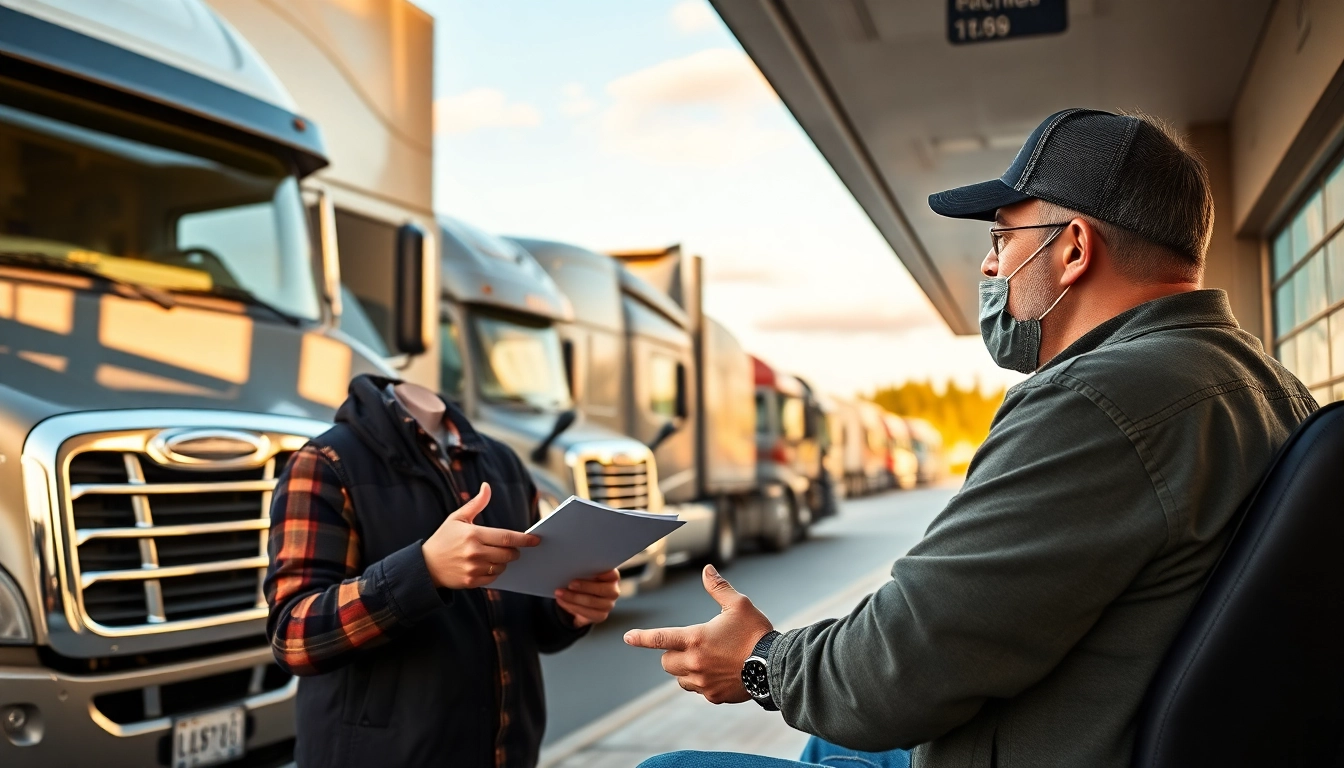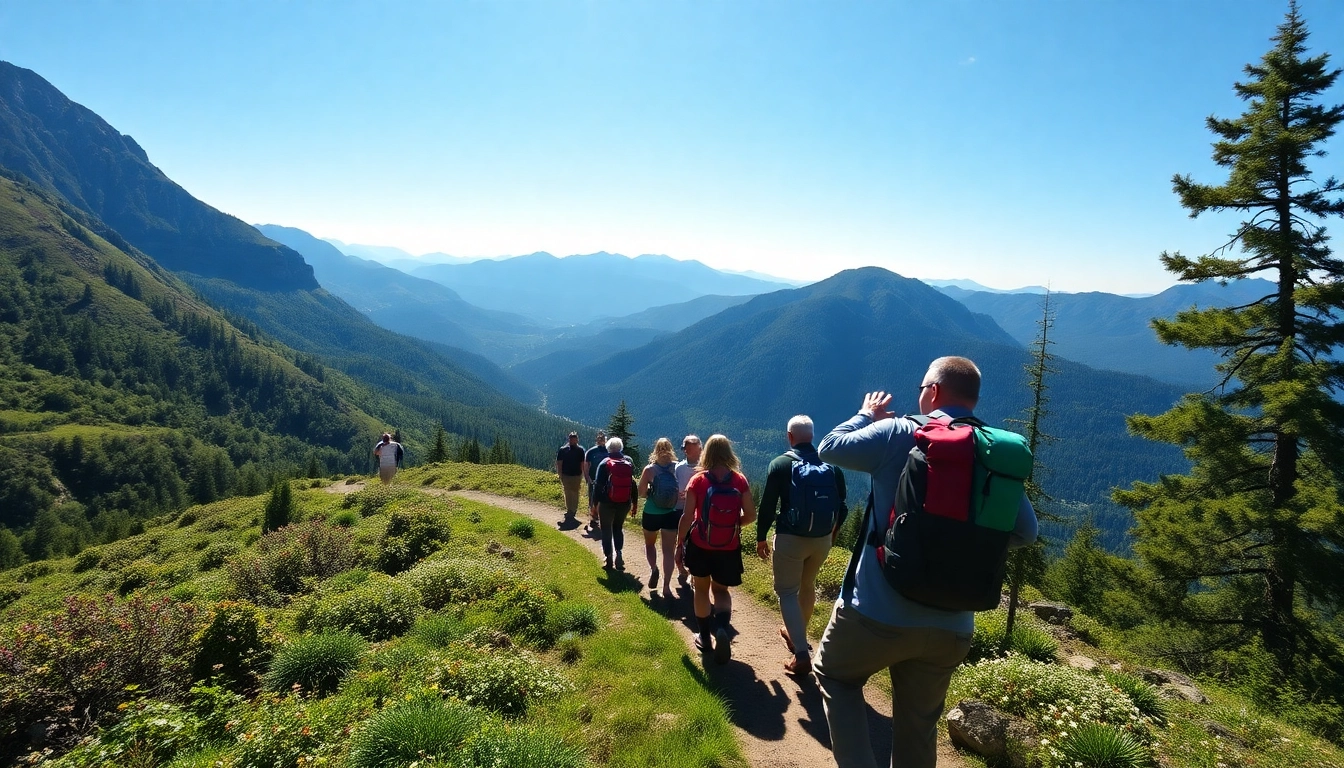Understanding the Different Types of Trek Bikes
When embarking on adventures—whether conquering rugged mountain trails, speeding along open roads, or navigating urban landscapes—the choice of the right bicycle is paramount. The word Trek has become synonymous with high-quality cycling gear designed for diverse terrains and riding styles. Founded with a passion for innovation and performance, Trek offers a comprehensive range of bikes tailored to meet the needs of every cyclist. In this section, we delve into the various types of Trek bikes, their features, and what makes them suitable for specific adventures.
Mountain Bikes and Their Features
Mountain bikes, or MTB, are engineered for off-road terrain, featuring sturdy frames, wide knobby tires, and specialized suspension systems. Trek’s mountain bike lineup includes hardtail and full-suspension models, each designed to tackle different trail conditions and rider preferences.
Hardtail Mountain Bikes possess a front suspension fork but a rigid rear frame, making them lighter and more efficient on climbs. They are ideal for cross-country riding, beginner trails, and riders seeking a balance between performance and cost-effectiveness. Popular models such as the Trek Marlin series offer durable frames with high-quality components, perfect for enthusiastic beginners or intermediate cyclists.
Full-Suspension Mountain Bikes provide both front and rear shock absorbers, absorbing impacts from rugged terrains. These bikes excel in technical descents, rocky paths, and challenging downhill rides. Trek’s Fuel EX and Slash series showcase advanced suspension designs, enabling riders to navigate complex landscapes with confidence and stability.
Key features of Trek mountain bikes include durable alloy or carbon fiber frames, adjustable shocks, tubeless-ready tires, and wide gear ranges for versatile terrain handling. The technology integrated into these bikes, such as internal cable routing and precision disc brakes, ensures durability and optimal performance even in extreme conditions.
Road Bikes for Speed and Efficiency
For cyclists who prioritize speed, aerodynamics, and efficiency, Trek’s road bikes offer cutting-edge engineering combined with lightweight construction. From competitive racing to fast-paced long-distance rides, these bikes are designed to maximize rider performance.
The Trek Madone series exemplifies aerodynamic frame design, integrated cables, and carbon fiber construction, reducing weight and drag. Equipped with high-performance components such as Shimano Ultegra or Dura-Ace groupsets, these bikes enable riders to sustain high speeds over long distances.
Another popular model, the Trek Domane, emphasizes comfort and stability for endurance riding, featuring features like IsoSpeed decouplers that absorb road vibration, reducing fatigue on long rides. Whether participating in triathlons, century rides, or daily commuting, Trek’s road bikes are engineered for efficiency and comfort.
City and Commuter Bikes for Urban Cycling
Urban environments demand practical, durable, and stylish bicycles that facilitate easy commuting. Trek’s city and commuter bikes are designed to navigate busy streets, provide safety features, and offer convenience.
The Trek FX and Verve series exemplify versatile hybrid bikes, combining the agility of a road bike with the comfort of a cruiser. Features include upright riding positions, fenders, built-in racks, and lighting mounts. Many models incorporate step-through frames for easier mounting, catering to a broader demographic, including urban dwellers and casual riders.
Additional features, such as puncture-resistant tires and integrated lock systems, enhance security and reduce maintenance issues. These bikes are perfect for daily errands, commuting to work, or leisurely city rides, contributing to a sustainable and healthy lifestyle.
Choosing the Right Trek Bike for Your Adventure
Assessing Terrain and Riding Style
The first step in selecting the optimal Trek bike involves a thorough assessment of the terrain and your riding style. For off-road adventures, mountain bikes with appropriate suspension and tire width are necessary to handle uneven surfaces, rocks, and roots. For road enthusiasts, lightweight, aerodynamic bikes designed for high speeds are appropriate. Urban cyclists should prioritize comfort, practicality, and safety features.
Understanding your typical riding conditions—whether steep climbs, technical descents, long-distance road rides, or city commutes—guides the selection process. For instance, a rider interested in mixed terrain might consider a gravel bike, such as Trek’s Checkpoint series, which combines elements of mountain and road bikes for versatile use.
Bike Size, Fit, and Comfort
Proper fit is crucial to ensure comfort, prevent injuries, and optimize performance. Factors such as frame size, saddle height, stem length, and handlebar width influence riding experience. Trek provides comprehensive sizing charts and professional fitting services to assist buyers in choosing the right dimensions.
Comfort considerations include riding posture, handlebar reach, and saddle ergonomics. For long-distance rides, advanced features such as adjustable stems or ergonomic grips can alleviate fatigue. Test riding different models and consulting with a local dealer or experienced cyclist is highly recommended to find the perfect fit.
Budget and Value Considerations
Price ranges for Trek bikes can vary widely based on components, materials, and technology integration. It is essential to balance budget constraints with desired performance levels. Entry-level models like Trek Marlin or FX series offer excellent value for beginners and urban riders. Mid-range bikes such as Trek’s Dual Sport or Verve cater to versatile riding and increased durability.
For serious enthusiasts or competitive athletes, high-end models like Trek’s Madone or Top Fuel provide advanced carbon frames, electronic shifting, and premium components. Investing in a quality bike ensures longevity, better performance, and lower maintenance costs over time.
Ultimately, selecting the right bike involves analyzing your riding needs, fitting properly, and balancing your budget to maximize value and enjoyment.
Essential Tips for Maintaining Your Trek Bike
Regular Inspection and Tune-Ups
Routine maintenance is vital to keep your Trek bike performing at its best. Regular inspections should include checking tire pressure, brake function, chain wear, and drivetrain condition. Scheduled tune-ups, ideally every 1,000 kilometers or seasonal basis, involve professional adjustments to derailleurs, brake alignments, and lubrication.
Keeping detailed maintenance logs helps anticipate replacements and ensures safety. Modern tools and diagnostic equipment allow technicians to fine-tune high-end components, preserving optimal performance.
Proper Cleaning and Storage
Cleaning your bike after rides—especially in muddy or salty conditions—prevents corrosion and prolongs component life. Use gentle detergents, soft brushes, and rinse with low-pressure water. Avoid high-pressure washing that can force dirt into bearings or internal cables.
When storing your bike, choose a dry, sheltered location. Use bike stands or wall mounts for proper ventilation. During off-season periods, consider applying rust-proof sprays or lubricants on frames and components to prevent deterioration.
Upgrading Components for Better Performance
As riding skills and demands evolve, upgrading components can enhance your bike’s capabilities. Common upgrades include installing lightweight wheels, high-quality tires, and more efficient drivetrains. Electronic shifting systems offer smoother gear changes, while better brake systems increase safety.
Consulting with professional bike shops or: trusted online sources ensures compatibility and reliable performance. Upgrades should align with your riding style and goals to maximize benefits and ensure safety.
Best Practices for Safe and Enjoyable Trekking Trips
Planning Your Route and Equipment
A successful trekking experience begins with meticulous planning. Study maps, trail conditions, weather forecasts, and local regulations. For multi-day trips, pack essential gear including repair tools, spare tubes, hydration systems, navigation devices, and appropriate clothing.
Pre-trip route reconnaissance helps anticipate challenges. Utilize GPS apps and trail guides for navigation, and always inform friends or family of your itinerary.
Safety Gear and Precautions
Safety is paramount. Always wear a helmet, high-visibility gear, and gloves. Consider additional protective equipment such as knee and elbow pads for mountain riding. Carry a first aid kit, repair tools, and a communication device in case of emergencies.
Adopt safe riding habits—maintain proper speed, respect trail signs, and practice defensive riding. Be prepared for unpredictable conditions, including sudden weather changes or obstacles.
Training and Conditioning Tips
Physical preparedness enhances endurance and reduces injury risk. Incorporate cardiovascular training, strength exercises, and flexibility routines into your regimen. Focus on core stability, leg strength, and upper body conditioning for better control and comfort during long rides.
Gradually increase ride durations and intensities to build stamina. Join group rides or hire coaching services for technique improvement and motivation.
Where to Buy Genuine Trek Bikes in Indonesia
Authorized Dealers and Retailers
Acquiring a Trek bike through authorized dealers guarantees authenticity, warranty coverage, and access to professional fitting services. In Indonesia, official Trek stores and certified bike shops carry the latest models and accessories. It’s advisable to verify dealer credentials to ensure genuine products and reliable after-sales support.
Online Shopping Tips and Considerations
While online marketplaces like Tokopedia and Shopee offer competitive prices, buyers should exercise caution. Verify seller credentials, review customer feedback, and inquire about warranty policies. Prefer sites with official vetting or direct links to authorized distributors.
Consider the logistics of shipping, assembly, and return policies before purchasing. Opt for shops that provide detailed specifications and professional assembly options to ensure the bike arrives in optimal condition.
Warranty and After-Sales Support
Genuine Trek bikes come with manufacturer warranties covering manufacturing defects and certain components. Maintaining receipts and warranty cards facilitates service claims. Regular servicing at authorized centers preserves warranty validity and keeps your bike in peak condition.
Building a relationship with an authorized dealer or local bike shop ensures ongoing support, access to genuine parts, and expert advice for upgrades and repairs.




